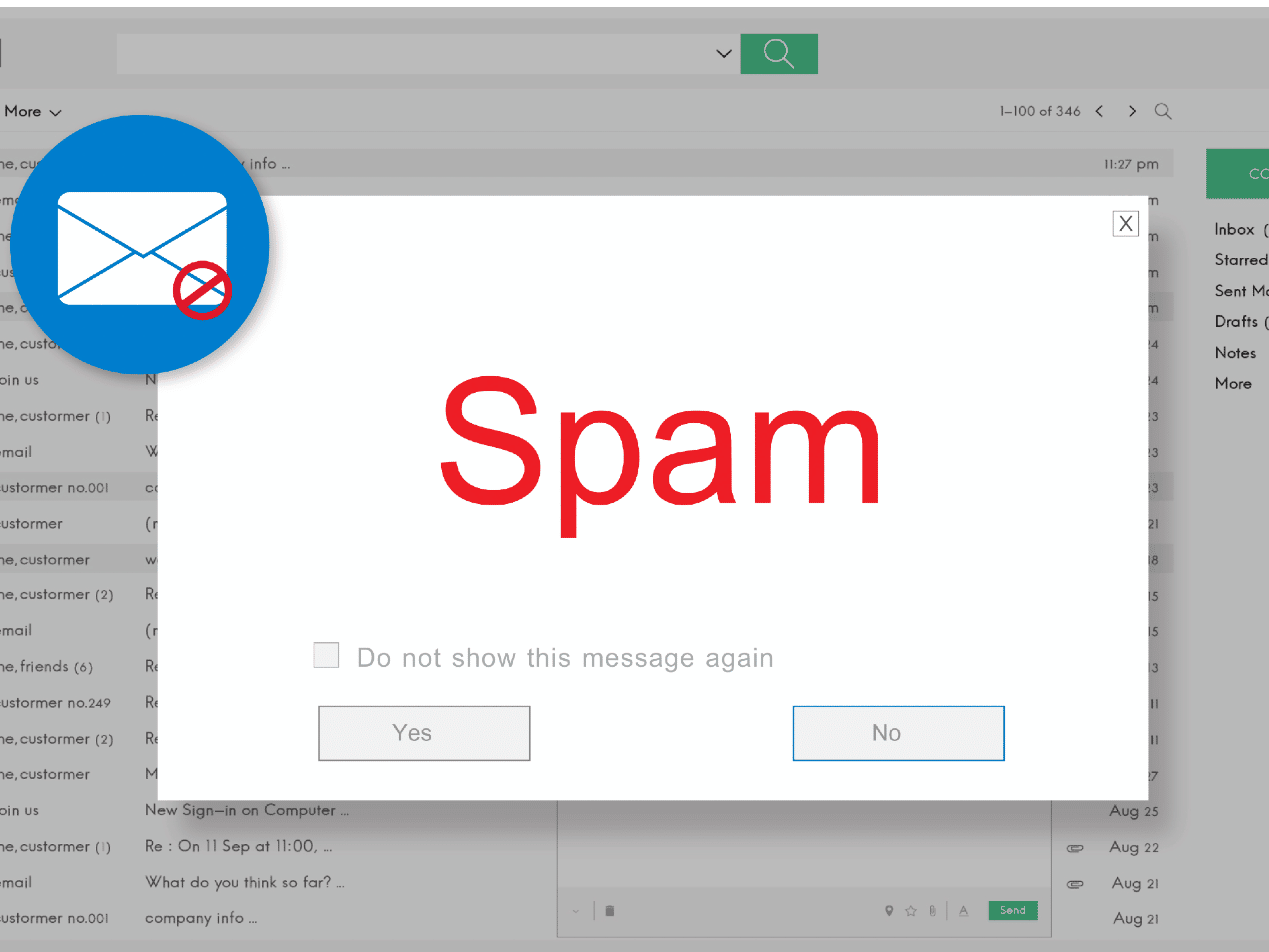
Prior authorization is a process used by health insurance companies to determine if they will cover a specific medical service or medication before you actually receive it. While it is commonplace in healthcare, the process itself can become taxing and tedious if not shared correctly.
What are prior authorizations?
According to the American Medical Association, prior authorization is defined as, “...a health plan cost control process that requires providers to qualify for payment by obtaining approval before performing a service.” It is often used in healthcare as a process used by health insurance companies to decide if they will cover a specific medical service or medication before the patient receives it. This is done to ensure that the requested service is medically necessary and meets the insurance company's criteria for payment.
While prior authorization can help manage costs and ensure patient safety by avoiding unnecessary treatments, it also comes with risks and downsides. One major issue is delays in treatment. Sometimes, getting approval can take a long time, which can be frustrating and potentially dangerous if you urgently need a medical procedure or medication. Another risk is the possibility of denial. If the insurance company decides the treatment is not necessary according to their guidelines, they might not cover it, leaving patients to either pay out of pocket or forego treatment. The AMA has expressed that, “...the overall volume of medical services and drugs requiring prior authorization should be greatly reduced.”
Why email is the best way to receive prior authorization
Email aligns perfectly with the Prior Authorization and Utilization Management Reform Principles. These principles, developed by an AMA convened workgroup, aim to improve the efficiency and fairness of the prior authorization process. Let’s break down why email excels in this context:
- Email provides a reliable record of communications and decisions. Physicians can reference previous emails to track the progress and reasoning behind authorization decisions, helping maintain a continuous, informed treatment path for patients.
- Email allows for a clear, auditable trail of interactions and authorizations. Every request and response is recorded, ensuring that decisions are fair and based on the proper guidelines, and are easily accessible for review or appeals.
- Email speeds up the exchange of necessary documentation and decisions. Unlike traditional mail or fax, emails can be sent and received almost instantly.
- With email, it's easier to discuss and document alternative treatment options and any exemptions quickly. Healthcare providers can send detailed information, receive feedback from insurers, and adjust treatment plans without delays.
- The widespread acceptance of email among stakeholders (doctors, patients, insurers) makes it an effective medium for consensus building.
See also: HIPAA Compliant Email: The Definitive Guide
FAQs
What is authorization?
Authorization is the formal approval from a competent authority to perform a specific action.
What is the difference between authorization and consent?
Authorization typically involves official or formal approval for specific actions, often within a regulated context.
What makes an email HIPAA compliant?
An email is HIPAA compliant when it includes safeguards like encryption, requires user authentication, and ensures that sensitive health information is protected both in transit and at rest.
Subscribe to Paubox Weekly
Every Friday we'll bring you the most important news from Paubox. Our aim is to make you smarter, faster.




